MARIE WATT
(AMERICAN, BORN 1967)
Earthmover, 2014
bronze, rubber
dimensions variable
Courtesy the artist, PDX Contemporary Art and the Greg Kucera Gallery
Commissioned for the exhibition Mound City
Born to the son of Wyoming ranchers and a daughter of the Turtle Clan of the Seneca Nation (Iroquois/Haudenosaunee), Watt identifies herself as “half Cowboy and half Indian.” Watt’s Earthmover, 2014, commemorates the tools for the movement of earth to create the great mounds at Cahokia. The two sculptural elements that make up Earthmover are inspired by the human agency for the displacement of earth as ritual. A partially buried, recycled mega-mining tire creates a monumental rubber archway. It is believed that the Cahokians hauled 50–60 pounds of earth at a time to mound construction sites. In sharp contrast, the work also includes a stool, an inverted bronze cast of a burden basket, used by the laborers at Cahokia, designed as a resting spot. Burden baskets were shaped to conform to the back of the bearer; a strap was attached that looped from the bottom of the basket around the wearer’s forehead to help support the heavy load.
Sculpture Interaction Guideline: Sit, But Do Not Climb
ARTIST BIOGRAPHY
Multidisciplinary artist Marie Watt was born in 1967 and is of Seneca, German and Scottish ancestry. Watt received her B.S. in Speech/Communications and Art at Willamette University, Salem, Oregon, and her M.F.A. in Painting and Printmaking from Yale University in 1996. Formally, her work draws from indigenous design principles, oral tradition, personal experience and Western art history. Her approach to art making is shaped by the proto-feminism of Iroquois matrilineal custom, political work by Native artists in the 1960's, a discourse on multiculturalism, Abstract Expressionism and Pop Art. Watt has exhibited at the Denver Art Museum, Denver; the National Gallery of Canada, Ottawa; the Museum of Arts and Design, New York; and Hallie Ford Museum, Salem, Oregon. Her work has earned numerous awards, including the 2009 Bonnie Bronson Fellowship Award, the 2007 Anonymous Was A Woman Award and the 2006 Joan Mitchell Foundation Fellowship. Watt's work has been collected by the Hallie Ford Museum of Art, Willamette University, Salem, Oregon; the Eiteljorg Museum, Indianapolis; the Smithsonian National Museum of the American Indian; and the Seattle Art Museum.

